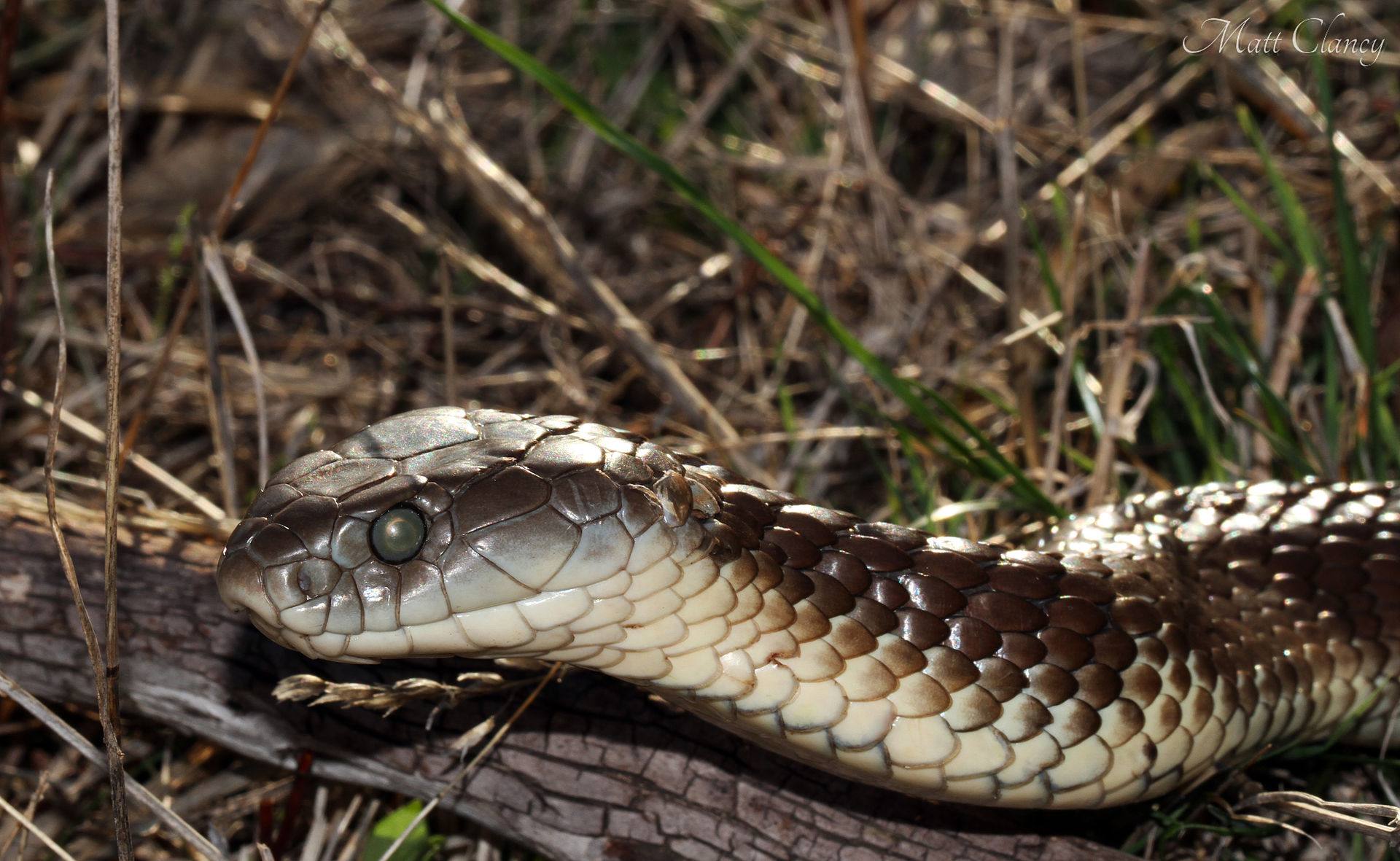Media Release
From: Medical Journal of Australia (MJA)TREAT SNAKEBITES CASE BY CASE, NOT “ONE VIAL FITS ALL”
TWO recent deaths by tiger snakebites have caused some experts to question recommendations that one vial of any Australian snake antivenom is all that is ever required for treatment of an Australian snake’s bite.
Associate Professors Scott Weinstein and Julian White from the Women’s and Children’s Hospital in Adelaide, and Mr Peter Mirtschin from Venom Science P/L, wrote in the Medical Journal of Australia that “the Australian medical community should be aware that there is no consensus agreement that one vial of any Australian snake antivenom is all that is ever required for significant Australian elapid envenoming”.
A 70-year-old woman who was bitten multiple times by a tiger snake died less than 24 hours after being bitten. About 2–3 hours post-bite she received two vials of tiger snake antivenom but further deteriorated and was given an additional vial 6.5 hours later, to no avail.
A 27-year-old man who received a prolonged bite from a large (1.5 m) tiger snake that had to be forcibly removed received one vial of tiger snake antivenom about 1 hour after the bite. A vial of brown snake antivenom was provided early the next morning, but the patient died shortly thereafter.
The coroner’s conclusions included reiteration of a consulted clinical toxinologist’s comments that “in treating an envenomed patient we need to successfully treat the ‘outlier’ case, not the ‘median’ case”, and the coroner stated that “in light of [the patient’s] death, the current recommendation to administer one ampoule of antivenom needs refinement”.
Weinstein and colleagues cited the Australian Snakebite Project’s 2017 study (also published in the MJA) as having “concluded that one vial of antivenom was sufficient to effectively treat envenoming by all taxa of Australian elapids”.
“Inadequately treating patients with particularly high venom loads exposes them to unnecessary risk and decreases the likelihood of a positive outcome,” they wrote.
“For example, for an envenomed patient with pre-existing medical comorbidities or older people or young children who are envenomed by a large amount of injected venom, the single vial recommendation may be a ‘precariously narrow therapeutic strategy’.
“The severity of envenoming is also unpredictable because of the marked variability of injected venom volume and individual venom sample properties that can be influenced by geographic origin, ontogeny, as well as individual genetic factors.”
There was no evidence that higher doses of antivenom were dangerous, they wrote.
“We do not suggest that multiple vial doses should routinely be used for all Australian snakebite patients requiring antivenom, but the patient-centred factors and biomedical reasons outlined [in our article] support our contention that recommendations for a uniform single vial treatment are inappropriate.
“Each envenomed patient should be individually assessed and provided with adequate antivenom in response to the envenoming severity and their individual clinical needs.”
Please remember to credit The MJA.
The Medical Journal of Australia is a publication of the Australian Medical Association.
The statements or opinions that are expressed in the MJA reflect the views of the authors and do not represent the official policy of the AMA or the MJA unless that is so stated.


